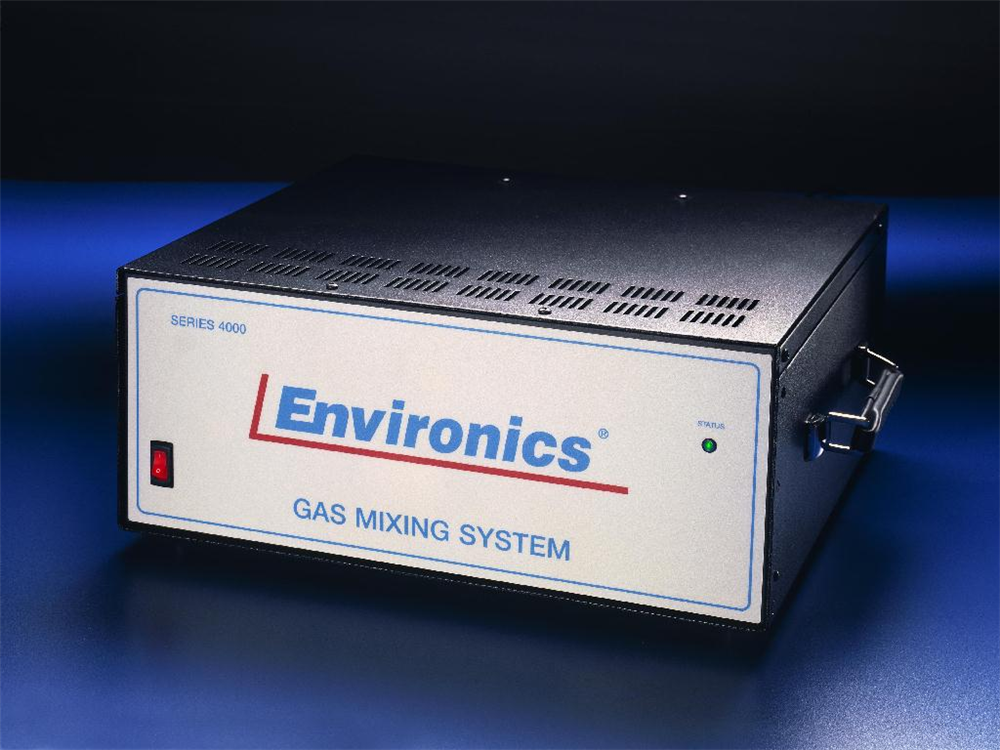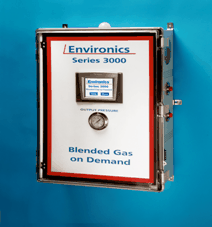
Gas chromatography, often abbreviated to GC, is a staple analytical tool in all manner of quality control and research facilities. It is used to detect specific volatile elements in a gas-phase mixture, to quantify the concentration of specific chemicals, and/or to generate a full spectrum of chemical content. This is extremely valuable in a wide range of application bases, from biopharmaceuticals to environmental monitoring.
As with any form of quantitative analysis, proper calibration is key to success in gas chromatographic workflows. We will run through some of the steps to thorough gas chromatography calibration in this article.
The Basics of Gas Chromatography Calibration
The International Vocabulary of Basic and General Terms in Metrology (VIM) defines calibration as an “operation establishing the relationship between quantity values provided by measurement standards and the corresponding indications of a measuring system, carried out under specified conditions and including evaluation of measurement uncertainty”. Essentially, gas chromatography calibration is used to ensure accuracy, precision, and repeatability.
Analytical/methodological gas chromatography calibration ensures that information from your measured signal directly correlates to the bulk or specific properties of interest.
Let’s say you are looking to quantify the amount of a known volatile species in a mixture via gas chromatography with flame ionization detection (GC-FID). You must first determine the magnitude of a peak for that analyte in a standard and use the calibration curve to calculate the concentration of your own sample. This sort of linear regression modelling is crucial to proper gas chromatography calibration, but there are several parameters to consider in order to get this right.
Gas Chromatography Calibration: Key Parameters
The applicability of your linear regression depends on several key factors, including the stability of your system’s performance. This is an overarching quality relating to all variables in the GC workflow such as carrier gas flow accuracy/rate, concentration range, detector setpoints, packing material type, pressure, split ratio, and so on.
Additionally, detection systems like mass spectrometry which have a compound-dependent response – peaks vary depending on molecular composition – typically require individual calibration curves per analyte of interest. A compound-independent system like FID-GC may give a representative reading for multiple analytes of interest based on a single linear calibration curve. There are several different approaches to gas chromatography calibration based on distinct analytical goals and experiment setups. These can typically be defined as either external calibration, internal standard calibration, or standard addition.
Basic Steps of Gas Chromatography Calibration
- Switch on the GC instrument and open the carrier gas cylinders or run your gas mixer if you are using one.
- Adjust pressure and check the carrier gas flow rate, comparing setpoint to observed flows at different rates.
- Validate gas flow rates against pre-defined acceptance criteria.
- Begin running dilutions of compound/s of interest and plot response times versus concentration.
- Construct calibration curves for each analyte of interest using precise calibration standards.
Gas Chromatography Calibration with Environics


This article is meant to function as a very brief guide on how to carry out precise gas chromatography calibration. We alluded to the use of either premixed cylinders or bespoke gas mixers for validating flow rates, and there are various considerations to make about which solution is more valuable to you. Want to find out which solution suits your GC calibration needs best? Contact a member of the Environics team today.
Resources:
https://blog.sepscience.com/gaschromatography/calibration-curves-part-1
https://www.chromatographyonline.com/view/calibration-0

